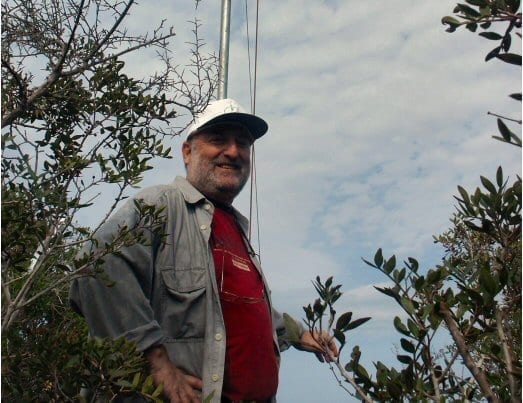
Early Research at Ramat Hanadiv
The Nature Park at Ramat Hanadiv ‘came to life’ in the mid-1980s, when it was decided to designate it as a park area dedicated to the public for a range of uses. In 1985, we began a partnership with the Society for Protection of Nature in Israel (SPNI), aiming to make Ramat Hanadiv a diverse, rich park for public use and for promoting scientific knowledge in applied ecology for the benefit of nature conservation, open landscape management and education. Until then the area did not merit special attention from visitors, researchers or other stakeholders. The first stage in the process of designating the park for public use was to become familiar with all aspects of the park. Thus, those concerned began to conduct field surveys and collect information about the habitats, animals, plants and landscape values characteristic of this location.
Ramat Hanadiv is a unique example in Israel of nature park management based on continuous research and monitoring. This approach ensures that the effect of human activities on the land and on nature will be monitored for the long term and the findings used as a basis for informed decision-making. Such management is called ‘adaptive management’.
One of the first management actions was to reintroduce and restock populations of plants and animals that had decreased or become completely extinct from the region. Within this framework, the lanner falcon was reintroduced in 1990; this species had become extinct from the southern Carmel cliffs about forty years previously. The lanner falcon was the ‘pioneer’. Since then, there has been a continuous, active effort to reintroduce other birds of prey, such as the lesser kestrel, and to restock the ever-dwindling vulture population.
Another management action, accompanied by research, is to regulate the cover of trees and shrubs in the Nature Park, by manual cutting and by cattle and goat grazing. The main aim of these actions is to open up the dense vegetation and prevent fires. Another field developing in recent years at Ramat Hanadiv is long-term ecological research (LTER). Following the understanding that many phenomena such as climate change are essentially long-term, the need arose to monitor and study along time periods of tens of years and more. One of the aims of such continuous monitoring is to build scientific databases in different fields, which will serve as baseline data/reference for the future.
Today, Ramat Hanadiv is a model of integrating research and management of Mediterranean landscapes. The diverse research activity provides in-depth familiarity with the natural ecosystems and with human–environment relationships, and creates a knowledge base that contributes to enriching the scientific community and the interested public in Israel and abroad.
